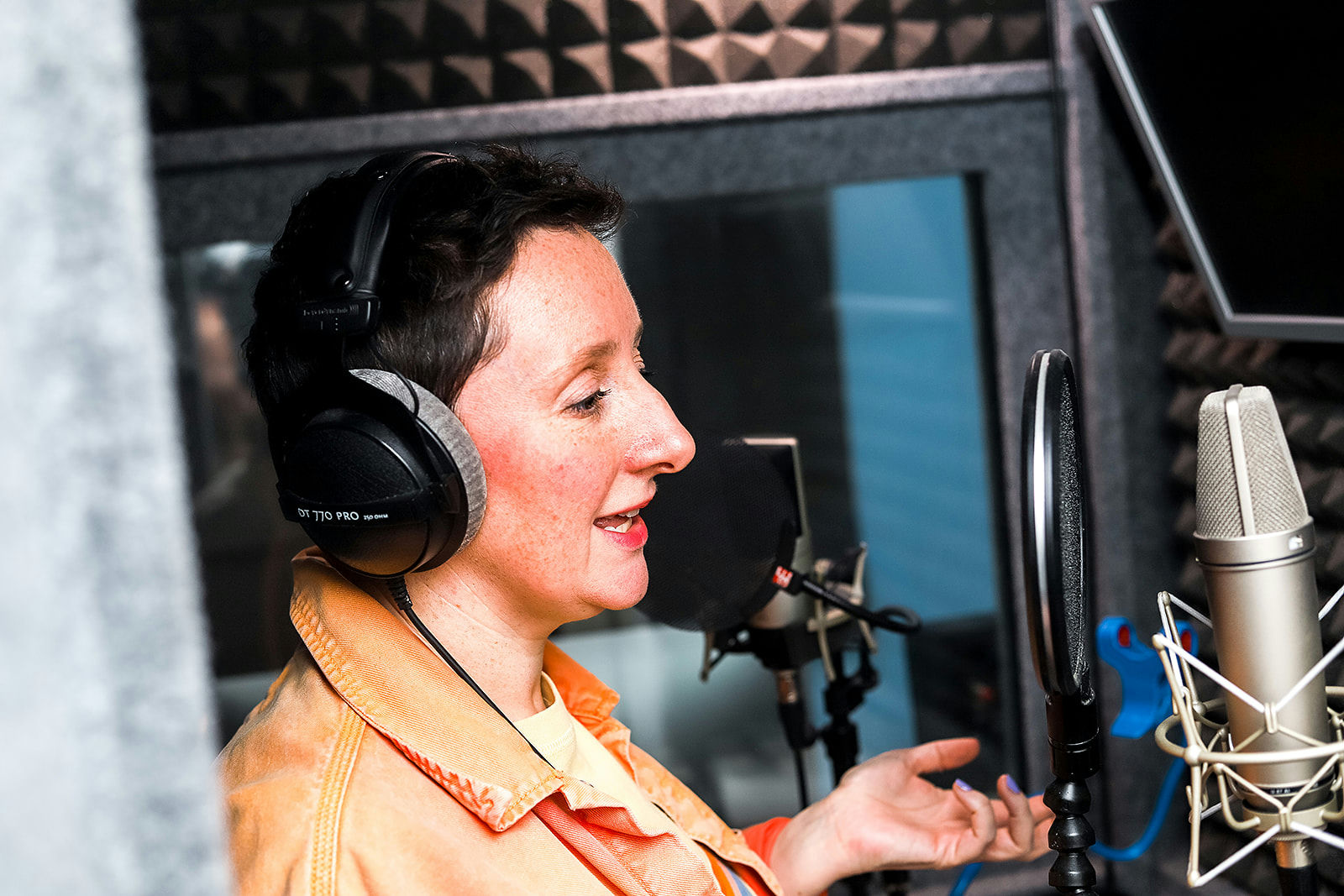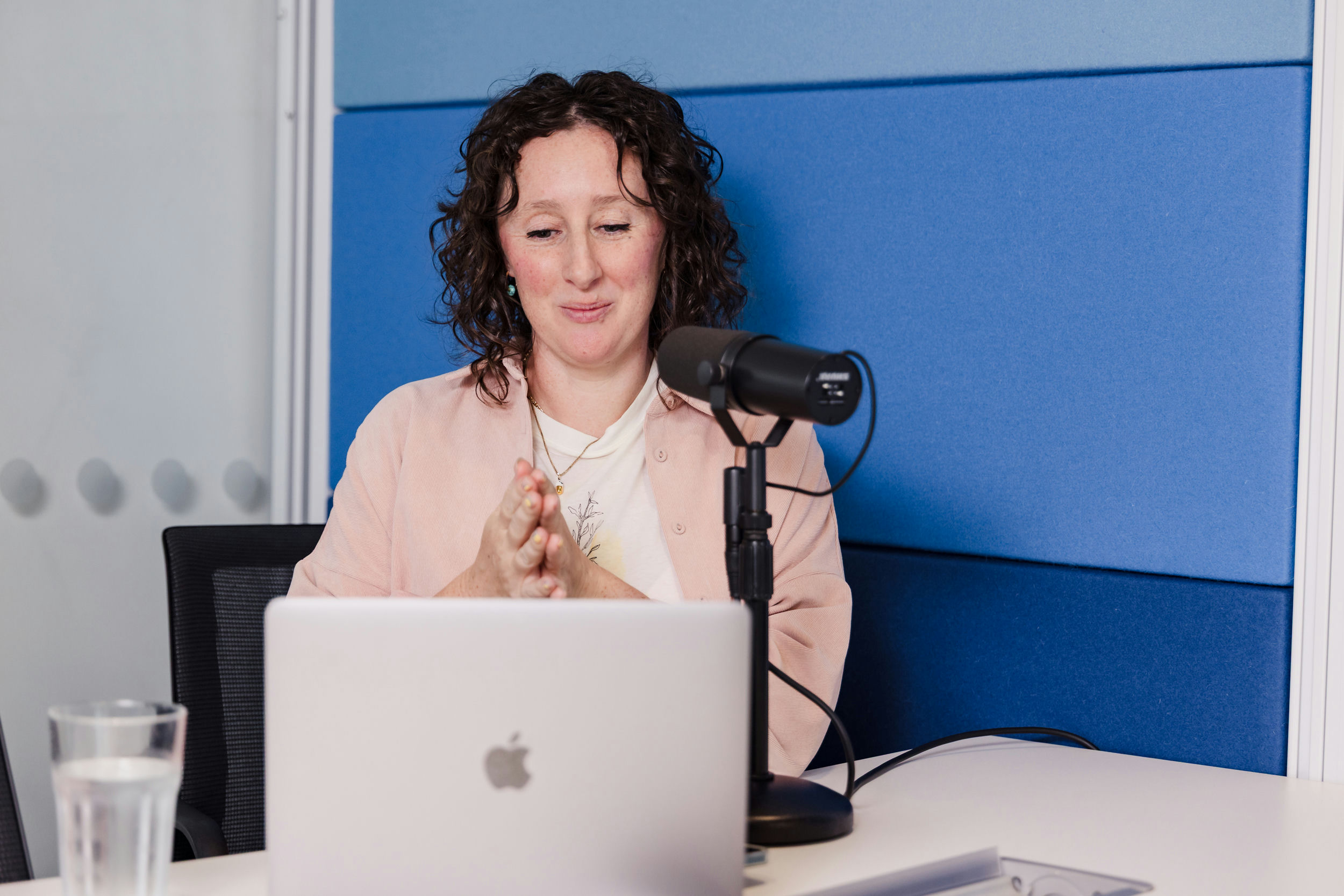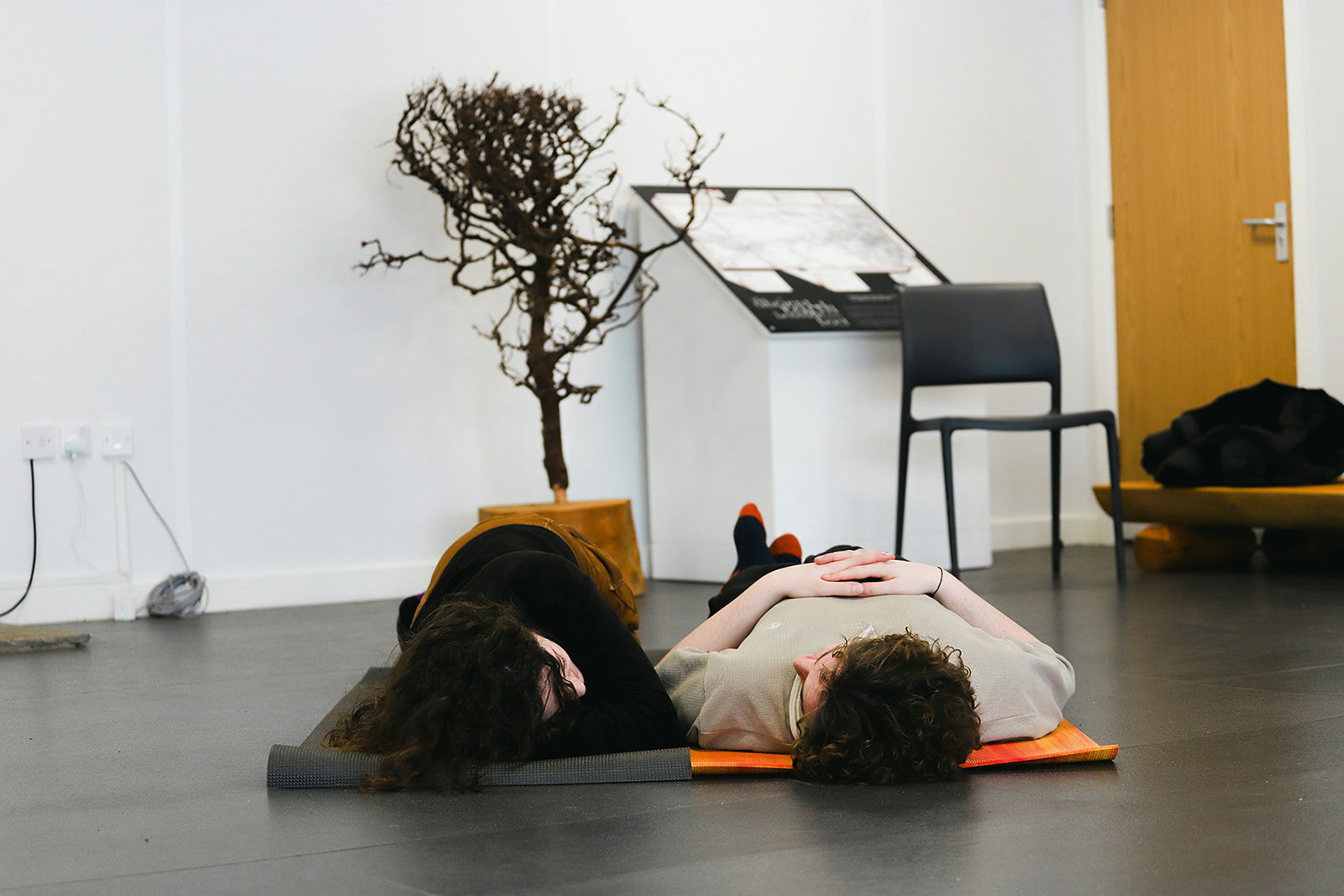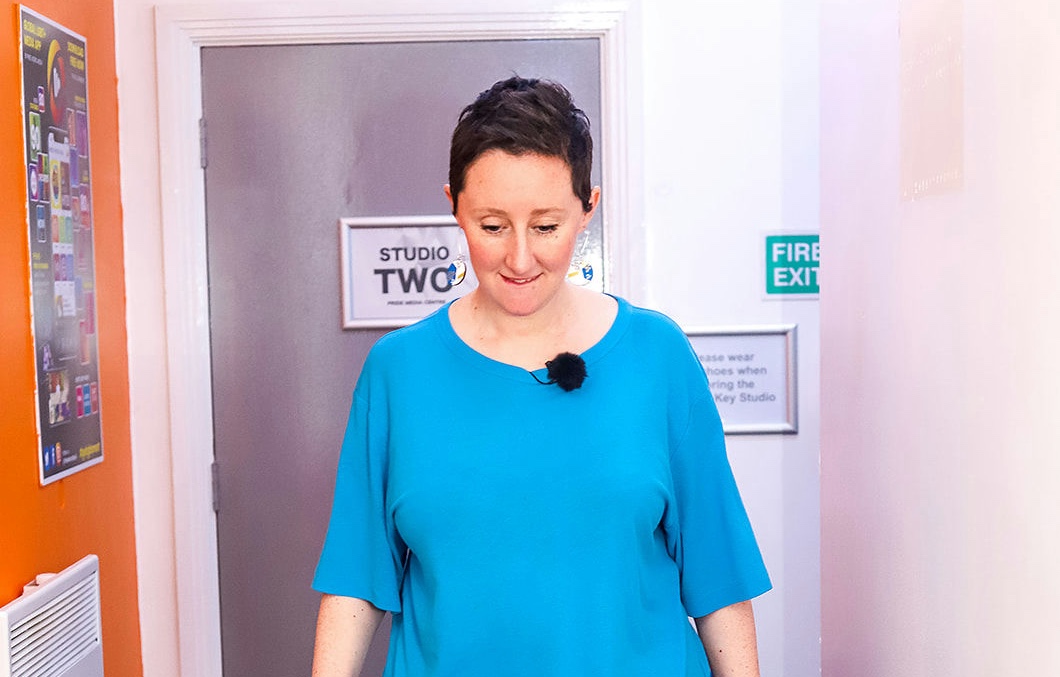Struggling with those annoying pops on the mic every time you say a “p” or “b”? You’re not alone. Whether you’re a podcaster, voiceover artist, or public speaker, popping plosives can ruin an otherwise perfect recording. The good news? You don’t need to rearrange your mic or buy expensive gear to fix it. The secret to smoother plosive sounds is all in your lips.
In this post, I’m going to walk you through a simple exercise that will help you release plosive sounds more gently, so you can cut the pops and get on with creating clean, professional recordings.
What The Feck Are Plosives, Anyway?
Let’s break it down: plosives happen when you pronounce certain consonants—like “p,” “b,” “t,” and “k”—by forcefully releasing a burst of air. In normal conversation, you might not even notice it. But when you’re on a sensitive microphone, this sudden gust of air slams into the mic and creates that unwanted pop. It’s especially common with sounds like “p” and “b” because these involve closing your lips tightly and then releasing them with a lot of force.
In most cases, plosives occur because we’re excited or using more energy than necessary when speaking. That extra force is great for enthusiasm but not so great for sound quality.
Why Are Plosives a Big Deal?
For podcasters and voiceover artists, plosives can be a major distraction. You could have the most engaging content, but if every other sentence includes a distracting pop, listeners may tune out. Public speakers recording content for their audiences also need to be aware of plosives to keep the audio smooth and professional.
Plus, every pop you leave in your recording means more editing later on. By reducing plosives at the source, you’ll save both time and money in post-production, with fewer hours spent cleaning up your audio—and less need to pay for professional editing. Less editing also means faster turnaround times, so you can spend more time creating great content instead of fixing avoidable issues.
How to Reduce Plosives: A Simple Exercise for Smoother Sounds
Here’s the fun part: you can totally train yourself to release plosive sounds more gently, so they don’t blow up on your mic. The goal here is to become more aware of how much tension you’re holding in your lips when you speak and adjust accordingly. Let’s dive into a simple exercise to help you do just that.
Step-by-Step Exercise to Reduce Plosives
1. Start by relaxing your lips. Imagine your lips are soft and free of tension—almost floppy. You don’t want to be gripping your lips too tightly when speaking.
2. Slow it down. Begin saying a series of plosive-heavy words like “pop,” “bat,” “bump,” “pat,” and “tip,” but at a slower pace than normal. As you say each word, pay close attention to how much energy you’re using to release the plosive sound.
3. Reduce the tension. With each repetition, try to decrease the amount of force used on the “p” or “b” sound. Focus on making the release soft and controlled, rather than an explosive burst.
4. Experiment with different words. Try out different sentences that include plosives in various spots. For example:
– “Peter picked a peck of pickled peppers.”
– “Bob bought blue bananas.”
– “Patty painted pink pots.”
5. Go even softer. Once you’ve gotten comfortable with the basics, challenge yourself to speak those same words with even less force behind the plosive. The goal is to reduce the airflow while still keeping the sound clear and understandable.
Practice Makes Perfect
The more often you practice this exercise, the more natural it will become to speak without the excessive air bursts that lead to plosives. Over time, you’ll develop a more controlled, balanced vocal delivery that keeps your audio crisp and clear.
Why This Exercise Works
This exercise works because it directly addresses the core issue: the amount of tension in your lips and the air you release. By becoming aware of the tension you hold when speaking, you can gradually train your lips to stay more relaxed, preventing those bursts of air from hitting the mic too hard.
Final Thoughts: Control Your Lips, Control the Pop
Plosives might seem like a small issue, but over time, they can have a big impact on the quality of your recordings. The good news? With a little practice and increased awareness of your lip tension, you can reduce those pops and enjoy cleaner, more professional audio. And as a bonus, you’ll spend less time editing, which means you can focus on what really matters—delivering great content to your audience!
So next time you find yourself fighting with your mic, remember—the power to stop popping plosives is right on your lips!
And if you’re ready to dive deeper into improving your on-mic performance, be sure to check out my book, *On The Mic*, available now at onthemicbook.com. It’s packed with even more tips and exercises to help you build confidence and perfect your voice for podcasting, voiceover work, and beyond!




